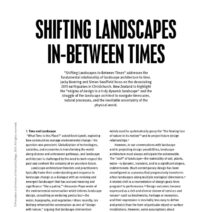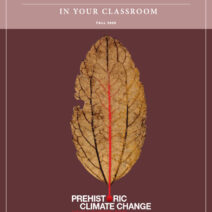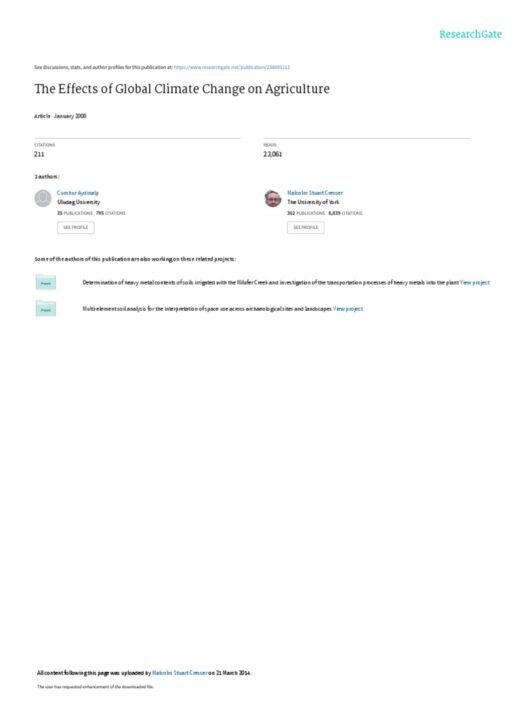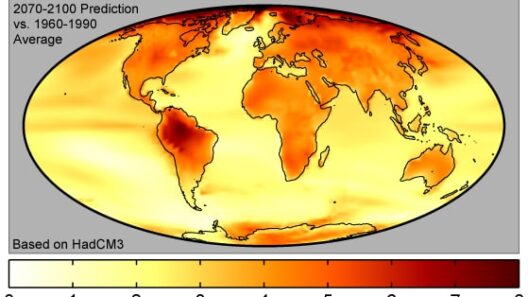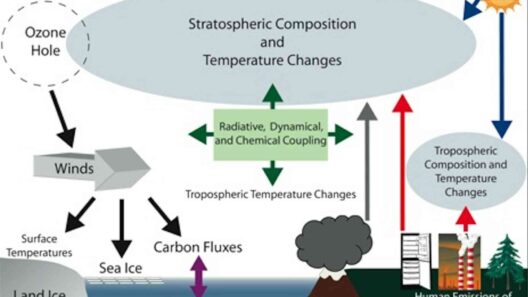Indonesia, a sprawling archipelago comprising over 17,000 islands, is often hailed for its breathtaking flora and fauna, vibrant cultures, and diverse ecosystems. However, beneath its picturesque façade lies a sobering reality; the impacts of climate change are profoundly felt across the nation. The climate crisis, although seen as a global phenomenon, manifests intimately in the lives of Indonesians, underscoring a shift in perspective necessary for understanding the ramifications of environmental destruction.
To understand Indonesia’s climate narrative, it is imperative to grasp the interplay between local ecosystems and global climatic shifts. Indonesia resides in a geographic zone characterized by rich biodiversity, hosting approximately 10% of the world’s known species. This natural wealth is not just a boon for biodiversity but also a cornerstone of the livelihood for millions. Yet, these ecosystems are under siege. Rising sea levels, increasing temperatures, and erratic rainfall patterns are wreaking havoc on both terrestrial and aquatic habitats.
One of the most tangible repercussions of climate change in Indonesia is the alarming increase in the frequency and intensity of natural disasters. The archipelago has long been prone to volcanic eruptions and earthquakes, but climate change exacerbates these phenomena, leading to devastating floods and landslides. For example, the 2021 floods in Jakarta highlighted the vulnerabilities faced by its approximately 10 million residents. Urban areas, particularly those built on floodplains, are ill-equipped to handle the extreme deluges that have become increasingly common.
Moreover, Indonesia’s vast tropical forests, which play a critical role in sequestering carbon dioxide, are increasingly threatened by deforestation driven by agricultural expansion, illegal logging, and mining. The rampant elimination of forest cover not only contributes to greenhouse gas emissions but also diminishes the resilience of local ecosystems. Deforestation disrupts water cycles, impacting local agriculture and threatening food security. This vicious cycle compels farmers to adapt to changing conditions, often leading them to exploit vulnerable lands further.
The consequences of climate change extend beyond the environment; they infiltrate the socio-economic fabric of Indonesian society. Communities that historically relied on agriculture are now grappling with unpredictability in crop yields due to shifting rainfall patterns and prolonged drought. For instance, smallholder farmers in Lombok and Sumbawa report diminished rice harvests owing to delayed rainy seasons. This destabilization engenders a sense of urgency among local populations, compelling them to seek sustainable and adaptive practices. However, the transition is fraught with challenges, primarily due to limited access to resources and technology.
In this context, fostering resilience becomes a critical objective. Indonesia’s government has initiated several programs aimed at addressing climate impacts while emphasizing sustainable development. For instance, the government pledged to reduce its greenhouse gas emissions by 29% by 2030 as part of its commitments under the Paris Agreement. This ambitious target underscores a strong intention for climate mitigation. However, the enforcement and realization of these pledges hinge on financing, education, and community involvement.
Additionally, regional initiatives are emerging, showcasing adaptability and innovation. Local non-governmental organizations are pivotal in promoting agro-ecological practices that enhance food security while preserving natural ecosystems. By incorporating traditional knowledge with modern techniques, these grassroots movements exemplify the potential of local communities to combat climate issues while invigorating their socio-economic status.
Moreover, the coastal regions of Indonesia are witnessing some of the most dramatic alterations due to rising sea levels. Islands such as the disappearing Pulau Ayer, located in the Thousand Islands, are epitomes of a climate emergency that demands immediate attention. On the island of Java, communities are facing existential threats, which compels them to reassess their relationship with the coastlines that have defined their livelihoods and cultural identities. Alternative strategies like sustainable aquaculture and coastal reforestation initiatives represent both hope and necessity in the face of encroaching seas.
The urban centers of Indonesia are not immune to these climate-induced challenges. Jakarta, often labeled as one of the fastest-sinking cities globally, faces a crisis where the ground is subsiding due to excessive groundwater extraction paired with rising sea levels. This phenomenon has spurred innovative responses, such as the construction of a massive sea wall and the promotion of green urban projects aimed at enhancing urban resilience. Such endeavors highlight the confluence of architecture, environmental stewardship, and urban planning as straits interlace with climate realities.
In juxtaposition to these challenges is the burgeoning awareness and urgency surrounding climate action among Indonesian youth. They are increasingly vigilant and vocal regarding environmental issues, leveraging social media platforms to galvanize international support and awareness. Their activism often resonates with the country’s rich cultural heritage, demonstrating how ecological concerns are intertwined with identity and community well-being.
Indonesia’s climate story underscores the imperative to acknowledge the nexus between local realities and global climatic phenomena. The challenges faced are daunting, yet through community resilience, sustainable practices, and government commitment, there lies a pathway toward mitigating impacts. The narrative of climate change in Indonesia is not merely a tale of despair but one infused with tenacity, innovation, and hope. A shift in perspective towards understanding these local impacts can foster curiosity and urgency, catalyzing broader advocacy for environmental justice and sustainability. The future of Indonesia’s climate landscape hangs in the balance, interwoven with the choices made today on both local and global stages.
